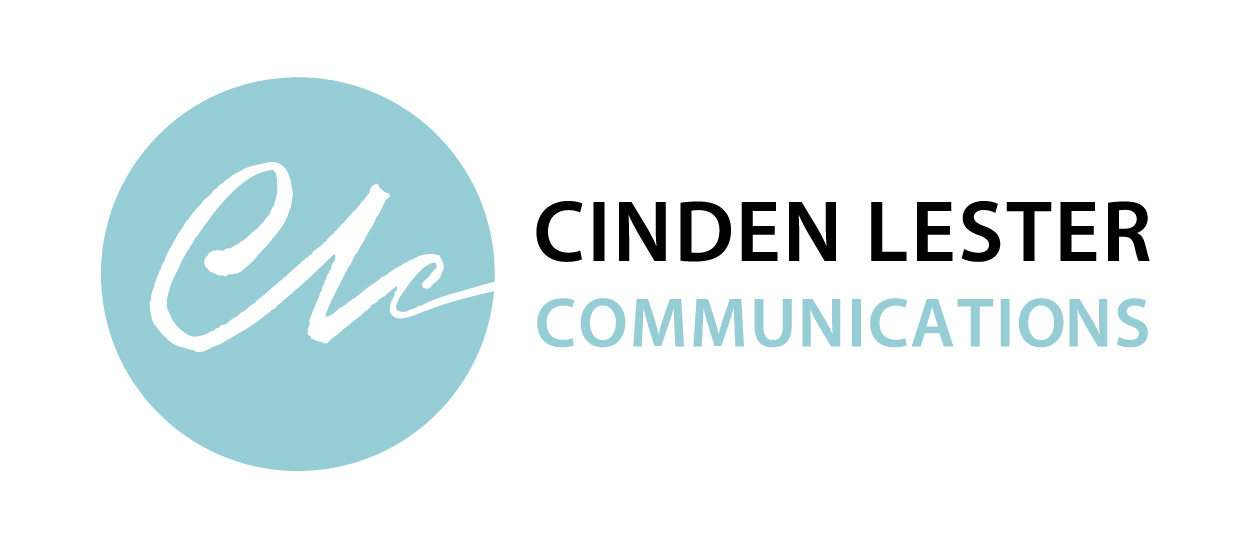 Are media releases passé? I don’t think so. Despite the rise and rise of DIY publishing via content marketing, gaining news coverage is still a goal for many organisations and individuals when making public announcements—and media releases are still a key tool for attracting media attention.
Are media releases passé? I don’t think so. Despite the rise and rise of DIY publishing via content marketing, gaining news coverage is still a goal for many organisations and individuals when making public announcements—and media releases are still a key tool for attracting media attention.
But newsrooms receive hundreds of media releases every day, so you need sharp writing skills and a good news sense to write one that catches the media’s attention.
Sometimes this gets lost in the rush to draft something, or because it’s hard to be objective about a project you are deeply involved in or close to. So if you’re dealing with lacklustre drafts that need a lift, here are 19 quick tips on the basics of writing effective media releases:
- Think about the purpose of your release and the intended audience. Target your release to the media outlets or individual journalists that are most likely to write stories for that audience.
- Try to tell a story. The old ‘who, what, why, when, where and how’ is a winning journalistic formula for a good reason: it works.
- Keep your release to one page if possible. If you have more information, create a separate background information sheet.
- Write a snappy headline to capture attention. Aim to express the key point in a concise and catchy way. Imagine you’re writing a newspaper headline. How does your information affect your audience? What’s in it for them? What do they need to know? What will make them read on? These are the types of questions the journalists will be asking, so by spelling it out for them, you are more likely to get their attention.
- Be catchy but don’t be too clever or obscure with your headline. Think broadsheet rather than tabloid.
- Use simple, straightforward language and avoid jargon and acronyms.
- Use your lead paragraph to spell out the most important information—don’t bury the lead half way down the page. If there is necessary context or background information, include that after the lead paragraph and quotes (see the next point).
- Include direct quotes. They can add colour or emotion and help set the tone. It’s also useful for journalists who just need to write a short piece without leaving the newsroom or interviewing someone. For example, regional papers with stretched resources will often run well written media releases, quotes and all, practically word-for-word. This gives you great control over the coverage.
- If you have statistics, use them but don’t include so many that they are overwhelming.
- Spoon-feed the media by clearly setting out all the essential information. For example, if your release is about an event, make sure you highlight the time, date and location (maybe even in a box) so they can’t miss it.
- Put contact details at the bottom of your media release and make sure that whoever is listed is available and media savvy. Provide a mobile or after hours number as well as a work number.
- Add the date. This should be the date the release goes out. If it ends up going out with last week’s date on it because that’s when you drafted it, the media will think it’s an old story.
- If it is embargoed, clearly state the embargo time at the top. Most media respect embargoes and it gives them extra time to prepare the story before it is published or broadcast.
- For your own reference, it is useful to number media releases.
- Always proofread everything before it goes out. If possible, ask someone who has not seen it before (and preferably who has nothing to do with the subject) to check for anything that is unclear.
- Double check that you are not contradicting any public statements you or your organisation have made in the past. Or, if you are, be prepared to explain why.
- Double check that all your facts are accurate. Have the subject matter expert and whoever is quoted in the release sign it off before it goes out.
- Make sure your release is circulated to anyone else in your organisation who needs to see it.
- Don’t lie or exaggerate. Your 15 minutes of fame might end up being for the wrong reasons, damaging your credibility.
And a final word of advice…accept the nature of the beast and don’t take it personally if your story doesn’t get the coverage you hoped for. You can do all the best preparation in the world and create a media release that would normally attract good coverage—only to miss out because something else completely beyond your control steals the limelight that day.
However, your chances of gaining effective coverage are much greater if you send out a cracker release, and you will be sharpening your skills for the next media release you write.
Need some help with your media releases? Contact Cinden to talk about your project.
| Cinden Lester has more than 25 years’ experience as a professional writer, editor and communications specialist—having worked as a broadcast journalist, in private sector marketing and public relations, and in government communications before establishing her own Canberra-based communications consultancy. |

